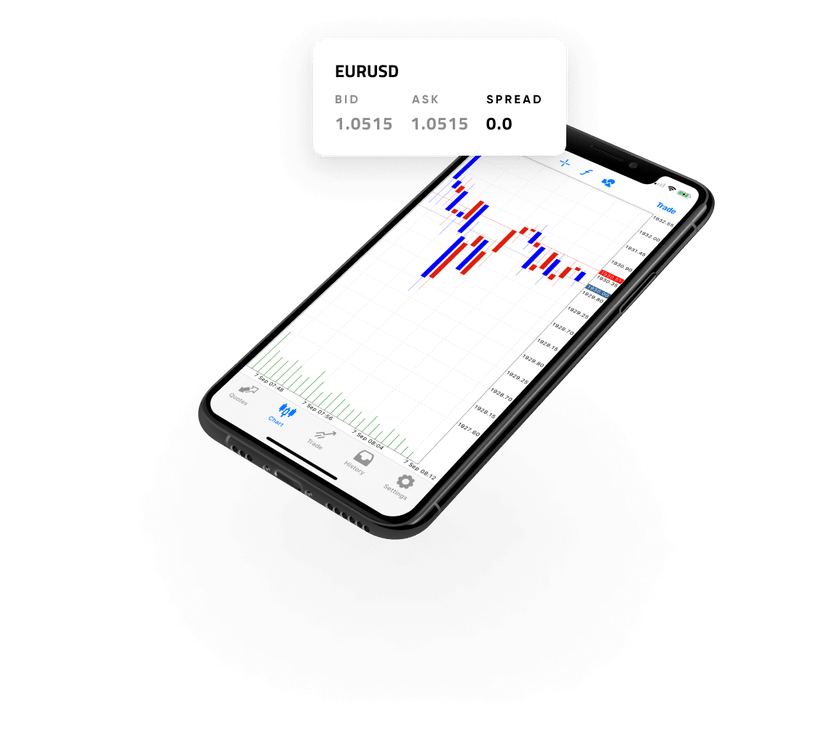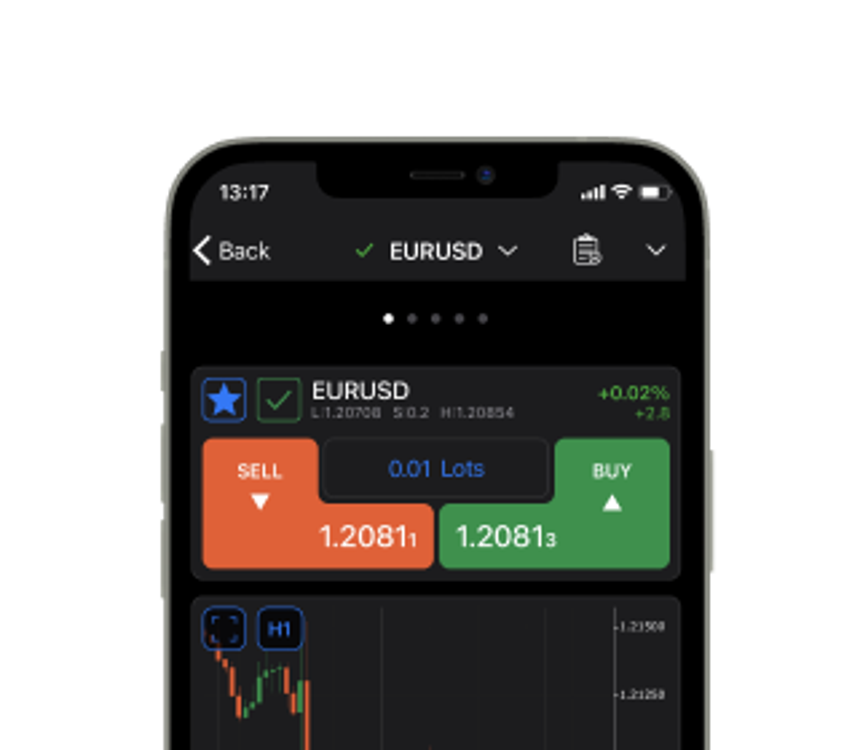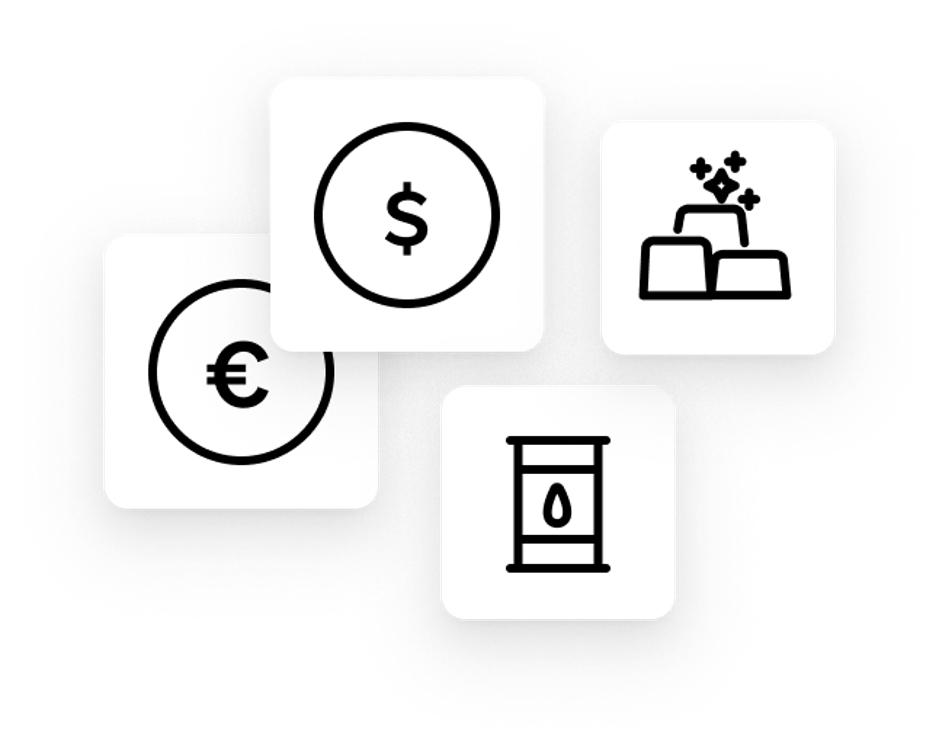اكتشف طريقة أفضل للتداول
قم بالوصول إلى عالم من العقود مقابل الفروقات على الفوركس والمؤشرات والسلع والأسهم وتداول في الأسواق العالمية بطريقتك عبر المنصات الأسرع والأكثر موثوقية في العالم، وأحدث أدوات التداول، وشروط تنافسية، وسيولة عميقة.
تفخر بيبرستون بحصولها على جائزة Broker of the Year من TradingView، و Best MetaTrader 4 Broker. نحن مرخصون في 7 ولايات قضائية على مستوى العالم ونقدم خدمات التداول في 174 دولة.
*TradingView Broker Awards 2022 | Good Money Guide Awards 2023

لماذا بيبرستون؟
الأدوات التي تحتاجها لتحقق أقصى امكانياتك في التداول
شراكاتنا التي تمولها
سفير التنس العالمي. المصنف الأول على العالم سابقًا وبطل الفردي سبع مرات في البطولات الأربع الكبرى.

سفير بيبرستون العالمي. أسترالي، مصنف ضمن أفضل ١٠ لاعبين عالميًا وحامل ٨ ألقاب

أخبار وتحليلات السوق
طور قدراتك في التداول
تحاليل إحترافية، أخبار، ومواد تعليمية في متناول يديك


منحت جوائز من قبل الأفضل
عالميًا، حصلنا على جوائز من






^تطبق رسوم وتكاليف أخرى.
*99.5%. تعتمد معدلات التعبئة على جميع بيانات التداولات في الفترة ما بين 01/04/2024 و30/06/2024
*يتم إنشاء جميع الفروق من البيانات في الفترة ما بين 01/07/2024 31/07/2024
**أصحاب حسابات بيبرستون المسجلين
~لدى مجموعة شركات ببرستون عملاء في أكثر من ١٦٠ دولة.
التداول على مدار 24 ساعة:
^ الفترة بعد ساعات العمل الأساسية تبدأ من الساعة ٤:٠٠ صباحًا بالتوقيت الشرقي إلى ٩:٣٠ صباحًا لمرحلة ما قبل السوق ومن ٤:٠٠ مساءً إلى ٨:٠٠ مساءً بالتوقيت الشرقي لمرحلة ما بعد السوق. خلال ساعات الليل من الساعة ٨:٠٠ مساءً إلى الساعة ٤:٠٠ صباحًا. جميع الأوقات المذكورة هي بالتوقيت الشرقي للولايات المتحدة.
~ لمعرفة الأوقات كاملاً، يرجى الرجوع إلى مواصفات المنتجات داخل منصة التداول. تداول على مدار ٢٤ ساعة و ٥ أيام في الأسبوع على أسهم أمريكية مختارة فقط.
~مجموعة شركات Pepperstone لديها عملاء في أكثر من 160 دولة، اعتبارًا من 1-12-24.









